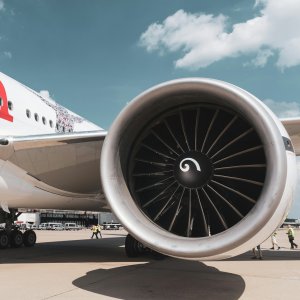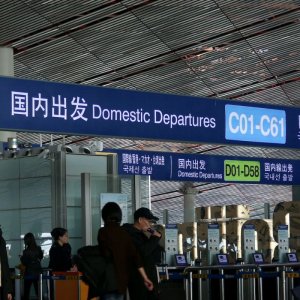Disruption Not a Friend to Everyone

STORY INLINE POST
Technology has inevitably disrupted the hospitality business in Mexico, generating a division between large companies and small businesses, says Julián Abad, Partner at global consulting firm Salles Sainz - Grant Thornton. “There has always been a gap between large business groups and small businesses and technology is widening it. Large companies are becoming monopolies, while small businesses are struggling to survive,” says Abad.
The internet, in particular, has changed the way the hotel industry works all over the world, creating new business models and allowing the entry of new players. “The internet has allowed hoteliers to share risk. This means they sell about half the available rooms to a tourism wholesaler that in turn offers these rooms through search engines like Trivago. As a result, the hotel only has to sell part of its total occupancy.”
Abad says this model allows hotels to guarantee a minimum occupancy rate in low season and have a cash influx that permits them to pay for maintenance expenses. Although the model has allowed consumers to access more affordable prices, Abad says it has generated a negative impact for small hoteliers who cannot absorb costs as large hotel chains do. “Tourism wholesalers offer accommodations at rack rates that allow tourists to pay lower prices.”
The internet has also opened the door to the gig economy with business models like Airbnb. “Airbnb represents an unfair competition for the hotel sector because it does not pay the same amount of taxes. Airbnb gets a rent commission from the listed unit but unless clearly stated in local laws, it does not pay the same occupation tax as hotels, nor does it generate the same income for the sector as a hotel,” says Abad.
Airbnb pays some local taxes in places like Mexico City and Cancun but it does not pay federal taxes, such as income tax and VAT, while hotels do, says Abad. As a result, the Mexican hotel industry continues to ask for regulation to oversee such platforms. According to Abad, the industry estimates that in low seasons, occupancy rates fall up to 40 percent due to Airbnb, while occupancy during high season drops 20 percent.
Still, the sector continues to offer many opportunities to grow and innovate, which is why Salles Sainz - Grant Thornton is venturing into the industry. “In Mexico, tourism carries significant weight in the economy, which is why we are taking up the hospitality business as an area of interest.”
Despite the widespread permeation of technology across the sector that has helped put Mexican destinations on the tourism radar, Abad says Mexican government institutions have also played a role in creating new destinations. Specifically, he highlights the National Fund for Tourism Development (FONATUR). “FONATUR is in charge of developing tourism destinations from scratch. Its first success was Cancun in the 1970s but since then it has continued to create different tourism poles, although not all have been as successful as Cancun.”
There are many factors that have impeded the development of other destinations, with a lack of connectivity ranking high. “Ixtapa, Guerrero and Huatulco, Oaxaca are two examples of destinations that have had problems taking off because of connectivity issues.” Unfortunately, Abad says that connectivity is just one of the hurdles these destinations face. Others include social unrest, insecurity and organized crime.
Yet, Cancun remains a good example of what is possible. “FONATUR’s development of Cancun led to the creation of the state of Quintana Roo, which used to be federal territory.” Natural beauty has helped to put Cancun on the map but according to Abad, the city is taking on a predominant role as an air hub. “The arrival of Donald Trump as US president and the toughening of US visa requirements have led Cancun to take on the role Miami used to play as an air hub for flights to Europe from Central and South America.” At least two-thirds of the passengers going through the Cancun airport are in transit, says Abad.























